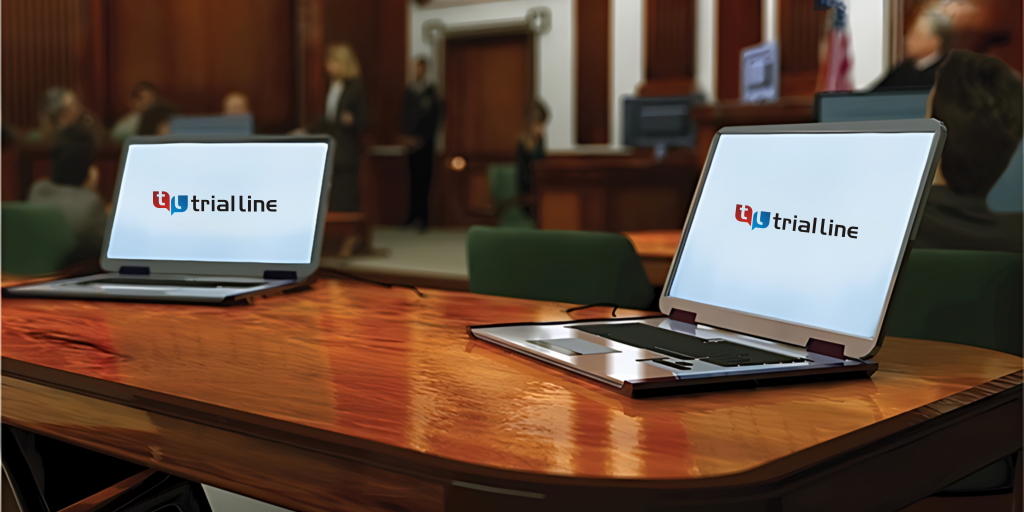The Influence of Trial Presentations in Securing Favorable Court Rulings
The Influence of Trial Presentations in Securing Favorable Court Rulings
Blog Article
Why Solid Trial Presentations Are Trick to Legal Success
The relevance of solid test presentations can not be overemphasized in the realm of lawful method. The nuances of effectively adapting these presentations to diverse juror histories present complexities that merit more expedition, especially in the context of attaining desirable outcomes in tests.
Significance of Effective Interaction
Exactly how can effective interaction form the end result of a lawful trial? Efficient communication is paramount in a lawful setting, as it acts as the channel whereby disagreements, proof, and lawful principles are conveyed to discretionary. Clear articulation of realities and lawful precedents permits a convincing presentation that can substantially influence the decision-making procedure. In the court, the capacity to present complicated details in an available manner is essential, as court participants might not possess a legal history.
Furthermore, efficient interaction promotes connection and trust fund between lawyers and their customers, improving partnership and making sure that all celebrations are lined up in their goals. It additionally plays an important function in jury choice and engagement, where the ability to connect with jurors can impact their receptiveness to the case. In addition, non-verbal interaction, such as body language and eye get in touch with, adds to the general perception an attorney makes, strengthening verbal messages.
Inevitably, understanding effective communication can bring about an extra compelling and coherent presentation, raising the probability of a favorable verdict. Hence, attorneys must focus on developing their interaction abilities as a cornerstone of their trial preparation and strategy.

Crafting a Compelling Narrative
Effective communication prepares for crafting a compelling story in lawful trials. A well-structured narrative not just involves the jury but also makes clear intricate legal problems. The objective is to present the facts in a method that resonates psychologically and rationally with the audience, allowing them to recognize the situation from the client's perspective.
To accomplish this, attorneys ought to recognize the main theme or message of the case, which acts as the backbone of the story. Each item of evidence and witness testimony must be woven into this theme, enhancing it instead than detracting from it. This develops a natural story that is easy for the court to follow.
Moreover, using relatable characters-- be it the complainant, defendant, or essential witnesses-- can humanize the situation, making it more remarkable. Lawyers must also think about the pacing of their narrative, making sure that defining moments are highlighted and that the tale unravels in a sensible development.
Eventually, a compelling story changes the presentation of facts into a convincing debate, assisting the court towards a positive verdict while guaranteeing that the intricacies of the legal system remain easily accessible and easy to understand.
Making Use Of Visual Help
Aesthetic aids play an essential role in boosting the understanding and retention of information during lawful tests. By providing complicated data and debates aesthetically, lawyers can streamline detailed details, making them a lot more accessible to jurors. Graphes, charts, Clicking Here and pictures can efficiently illustrate crucial points, allowing jurors to comprehend important you can find out more facts quickly.
Utilizing visual help not only aids in quality yet likewise involves the target market's interest. Jurors are more probable to keep in mind details provided aesthetically than via verbal descriptions alone. For example, showing timelines through graphes can clear up the series of events, aiding jurors comprehend the context of the case.
In addition, aesthetic help can help to highlight variations in proof, making them extra noticable. When utilized strategically, they can highlight the strength of the disagreement or expose weaknesses in the rival side's situation. trial presentations. Using modern technology, such as interactive discussions or computer animations, can additionally enhance engagement and understanding
Involving the Jury Emotionally
Often, effective trial discussions require greater than simply sensible debates and accurate proof; they need to likewise resonate on a psychological degree with jurors. Engaging the court emotionally can dramatically affect their assumption of the situation and their utmost decision. By crafting a story that humanizes the parties included, attorneys can develop a psychological link that encourages jurors to empathize with the clients' experiences.
To achieve this, lawyers must concentrate on narration strategies that highlight the individual risks and real-life effects of the instance. This may include sharing emotional anecdotes or utilizing powerful visuals that evoke sensations of empathy, temper, or sadness. Such components can assist jurors see past the legal intricacies and understand the human dimensions of the circumstance.
Furthermore, the use of tone, body language, this article and eye call throughout the presentation can even more enhance psychological involvement. Therefore, psychological engagement is an important part of an engaging trial presentation.
Adjusting to Target Market Expectations
Recognizing the expectations of the jury is essential for a successful trial discussion. Jurors come with presumptions influenced by personal experiences and societal stories, which can significantly affect their decision-making. Therefore, customizing your presentation to line up with these expectations can boost your persuasive power.

Furthermore, establishing integrity is paramount. Jurors expect attorneys to present evidence and disagreements that are not just engaging but additionally morally seem - trial presentations. This includes being clear concerning the staminas and weaknesses of your instance, which cultivates count on and regard
Lastly, anticipate jurors' concerns and problems. Addressing potential uncertainties proactively shows an understanding of their perspective and a commitment to clarity. By adapting your discussion to satisfy audience expectations, you produce a more compelling narrative, eventually improving the possibilities of a beneficial decision.

Conclusion
In conclusion, strong trial presentations are critical to attaining legal success. Understanding the art of trial presentation is necessary for legal professionals aiming to safeguard beneficial results.
Report this page